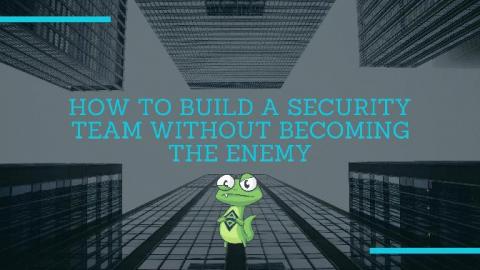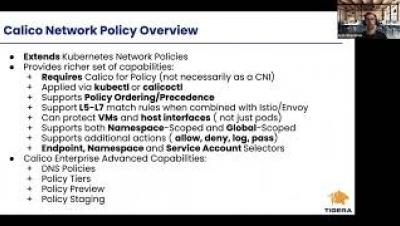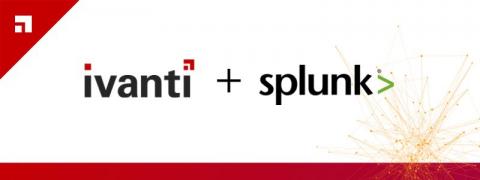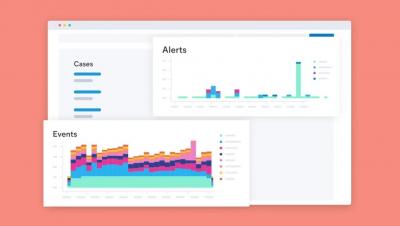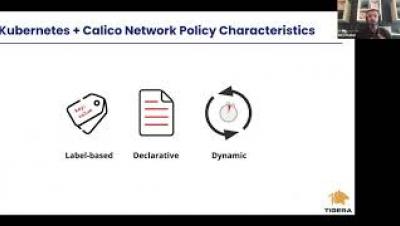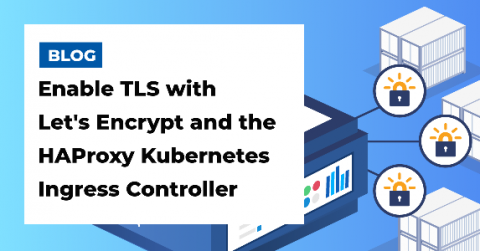How to build a security team without becoming the enemy
Unsurprisingly, a lot of people say they don’t like working with security teams. Security teams often have ridiculous requirements, and it can be painful for everyone when releases get delayed. I’ve been guilty of thinking the same thing, so when I was approached at my job at Doximity to build a security team (without prior experience doing so), I knew I wanted to take a different approach.


